
Growing Minds with Robots: Educational Benefits for Children
Chosen theme: Educational Benefits of Robotics for Children. Discover how playful robots spark curiosity, deepen understanding, and build confidence. Join our community to share your child’s robotics milestones, swap ideas, and subscribe for hands-on challenges that make learning joyful and lasting.
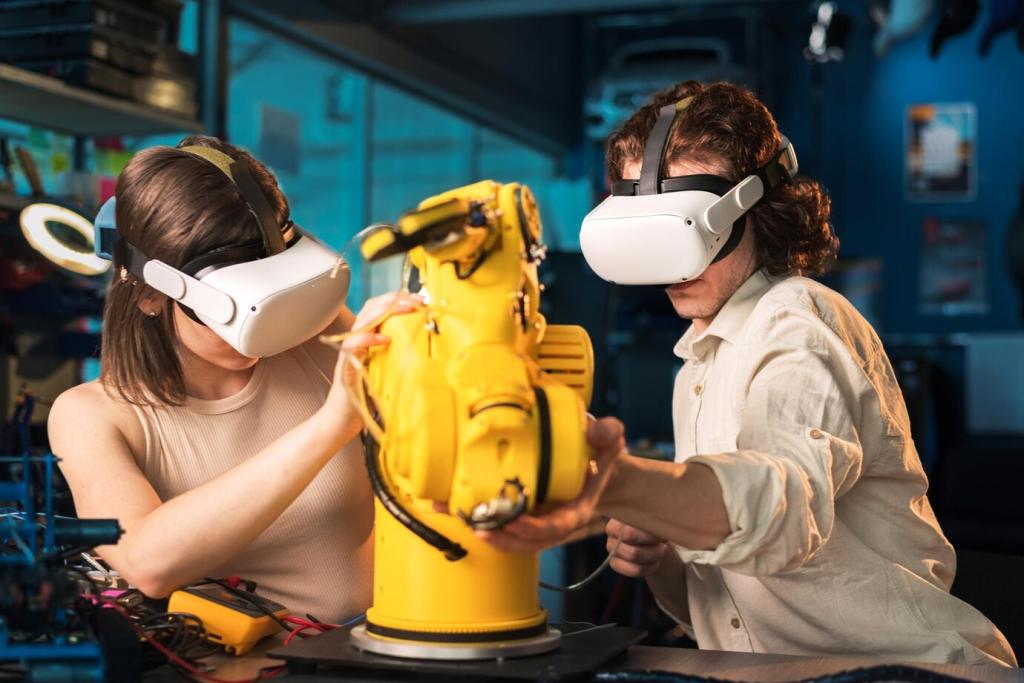
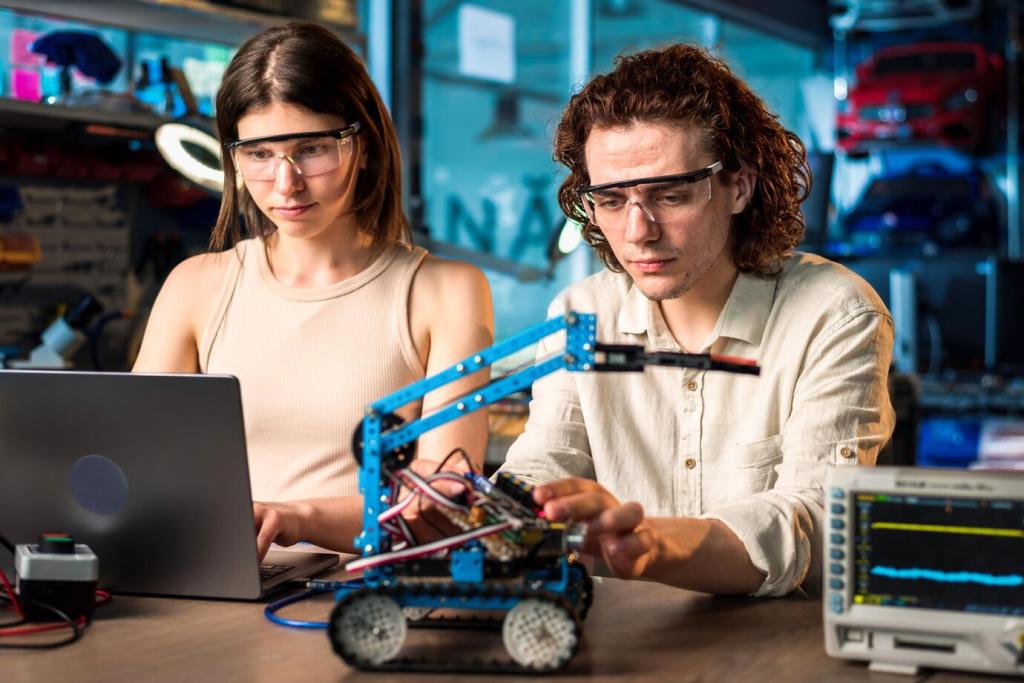
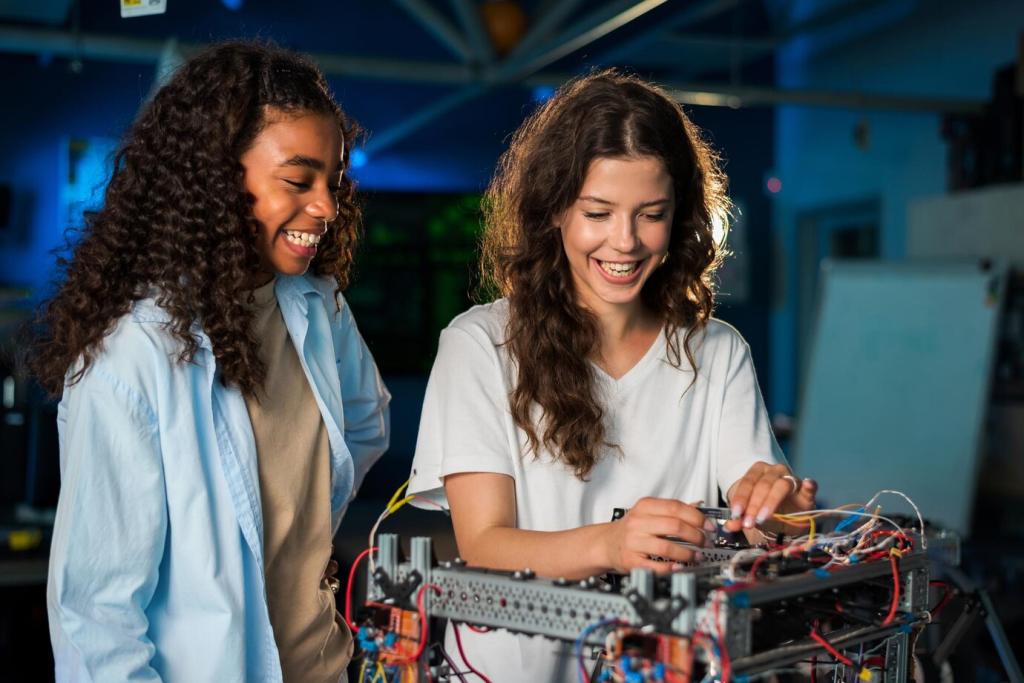
STEM Skills that Stick
Math in Motion
Turn rotations into distance, speeds into ratios, and angles into turns. When a robot travels exactly one meter using wheel circumference, mathematics becomes a living partner. Kids measure, predict, and refine. Share a quick clip or note about a memorable measurement experiment.
Programming with Purpose
Conditional statements suddenly matter when a distance sensor prevents collisions. Loops become elegant when repeated turns draw a perfect square. Children learn to plan, test, and debug with intention. Subscribe for code snippets and unplugged exercises that prepare kids before screens even turn on.
Engineering Design Thinking
Define the problem, brainstorm, prototype, test, and iterate. Children learn that good designs rarely emerge fully formed. They sketch, build, and reflect, celebrating small improvements. Tell us how your learner handled a failed prototype and what changed between version one and version two.
Social-Emotional Growth and Collaboration
Teamwork and Communication
Assign roles like coder, builder, tester, and documenter. Rotate often so every voice is heard. Kids practice concise language, active listening, and constructive feedback. Invite your child to reflect: What did your partner do that helped the robot succeed? Post their insights below.
Resilience and Growth Mindset
Robots rarely work perfectly the first time, which is exactly the gift. Children learn to reframe mistakes as data. A miswired motor becomes a detective story. Celebrate iteration by sharing before-and-after photos, and subscribe for reflection prompts that normalize productive struggle.
Empathy through Assistive Robotics
Design challenges that help others—like a robot that carries snacks for a younger sibling—cultivate compassion. Kids consider users’ needs, comfort, and dignity. Ask your child who their robot could help this week and why. Tell us the idea, and we may feature it in a future post.
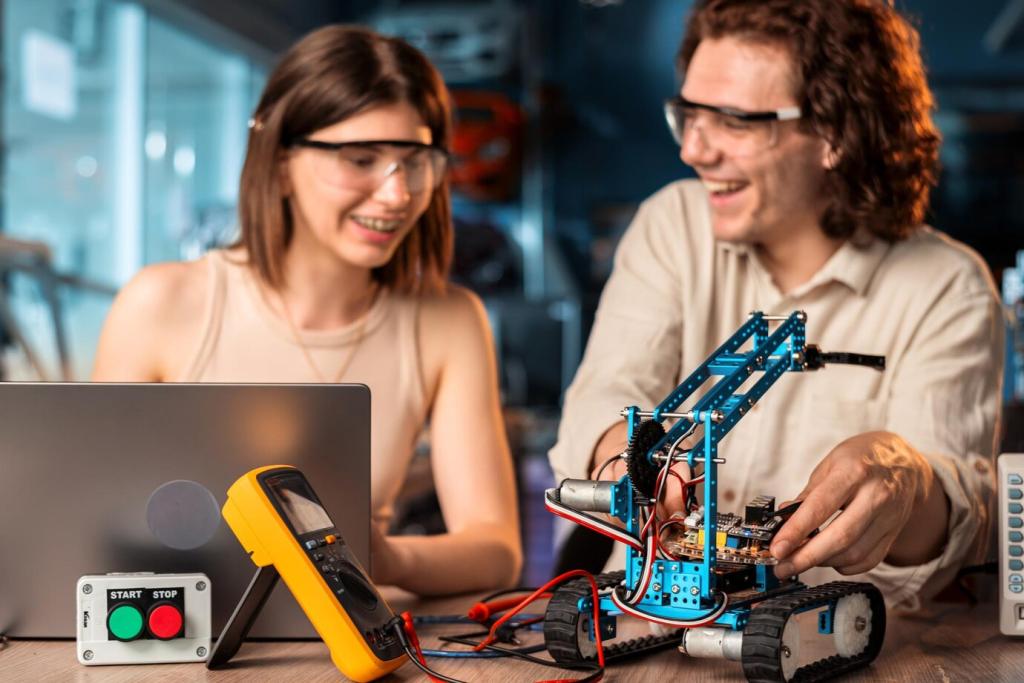
Creativity, Play, and Imagination
Offer broad missions—deliver a message, put on a light show, navigate a mystery maze—and watch novel solutions bloom. Open boundaries inspire inventive thinking and multiple right answers. Post your favorite prompt, and we will compile community ideas for a free downloadable pack.
Creativity, Play, and Imagination
Children animate narratives when robots become characters with goals, quirks, and voices. A shy robot learning courage can mirror a child’s own journey. Story arcs guide both code and design. Invite your learner to script dialogue and share the tale with our growing readership.
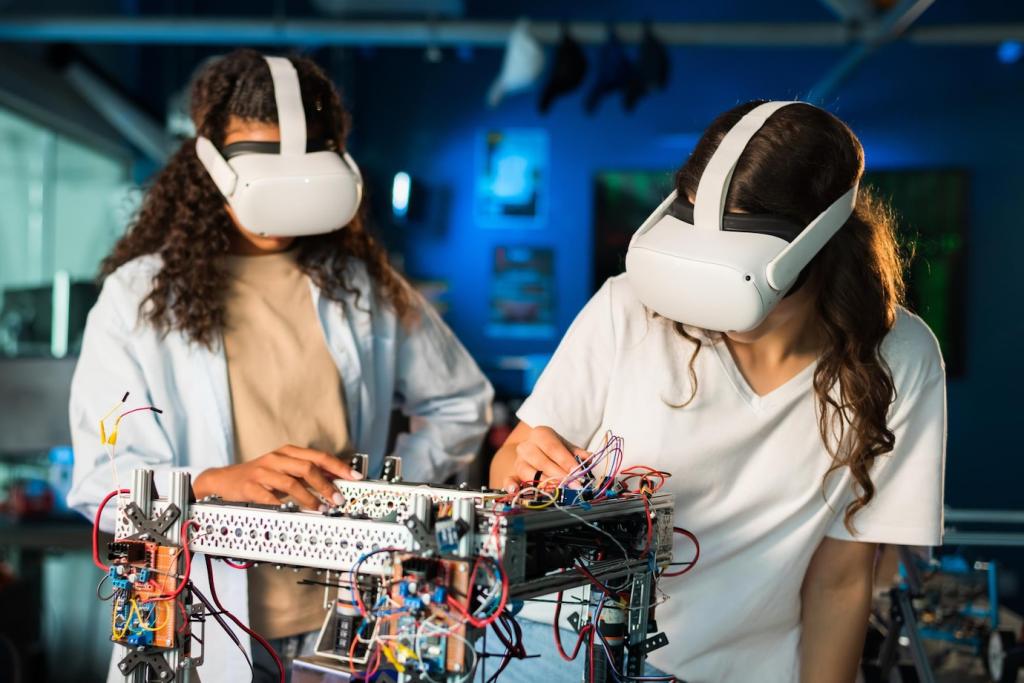
Inclusion and Accessibility
Provide multiple ways to engage: visual guides, tactile pieces, voice prompts, and adjustable difficulty. Choice boards let kids select roles that suit them. Comment with a simple accommodation that made a big difference, so other families and educators can try it too.
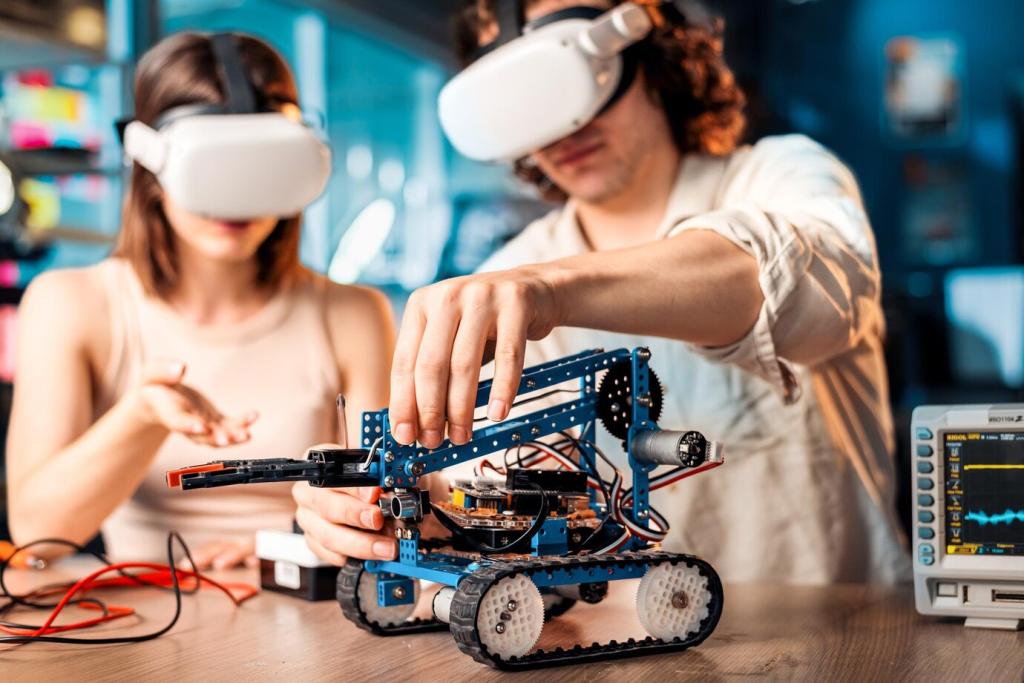
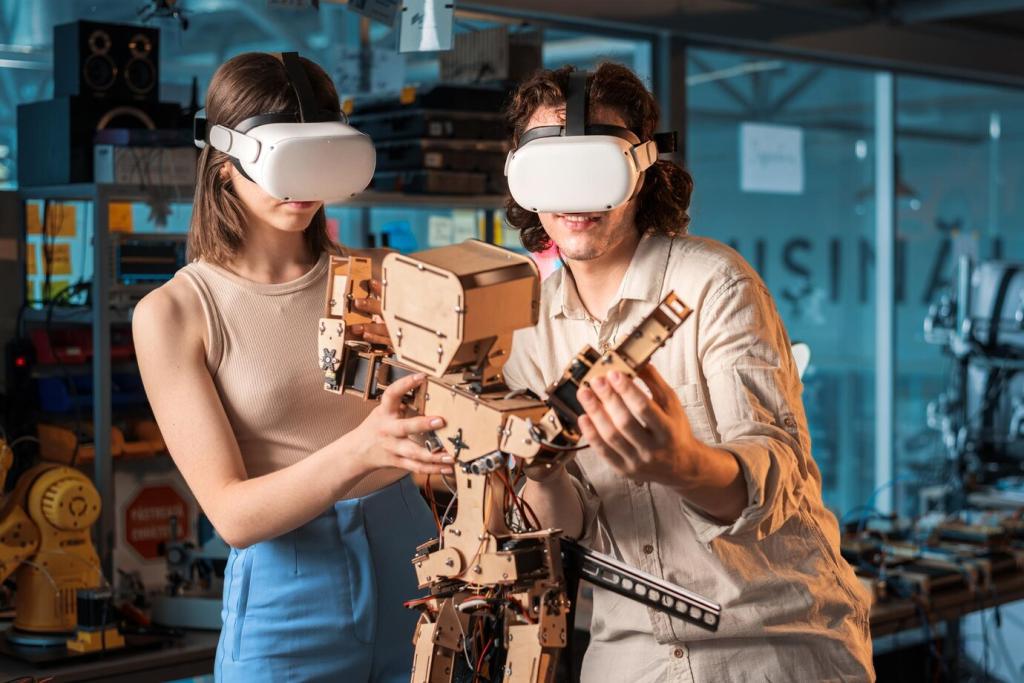
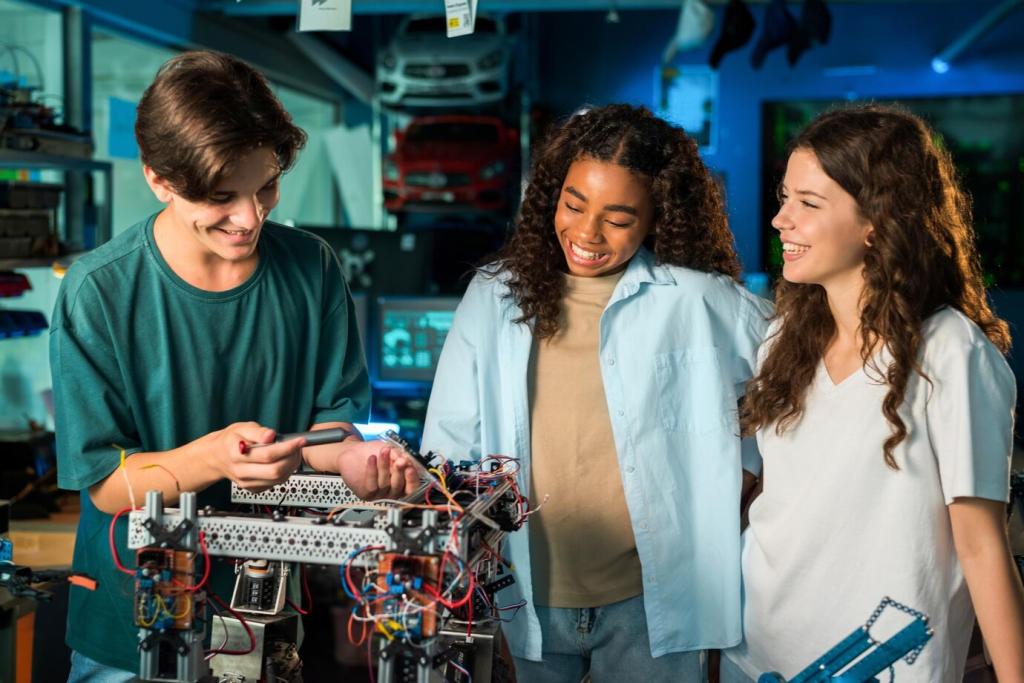
Practical Tips for Parents and Educators
Match complexity to readiness: snap-together bots for early builders, block-based coding for beginners, and richer sensors for advanced tinkerers. Prioritize durability, clear guides, and expansions. Share what has worked in your setting, and we will compile a community shortlist.

